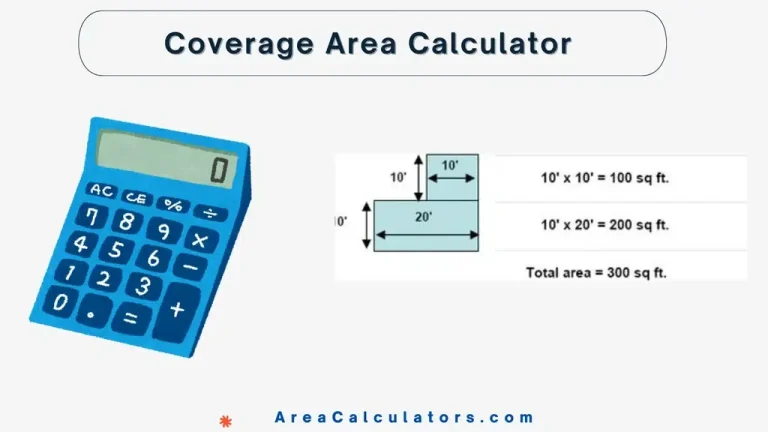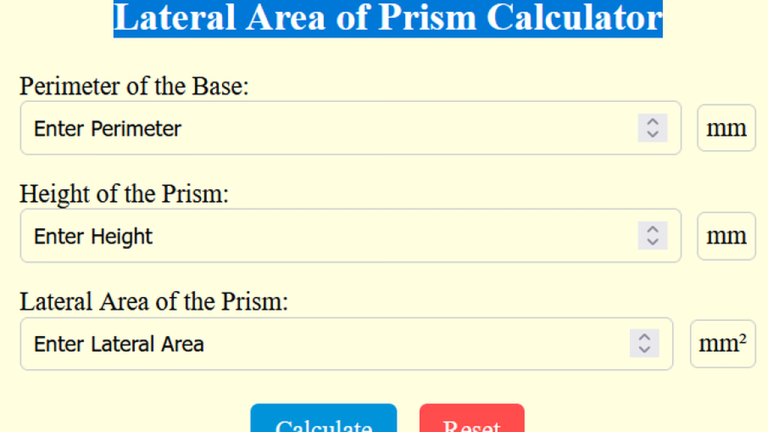Point Estimate Calculator
To find a point estimate, apply the formula to the values of your sample count, success count, and z-score.
The Point Estimate Calculator serves you in immediately calculating the point estimate for population proportions. In general, it is used in statistics to provide a single best estimate of an unknown population parameter based on sample data.
Whenever you want to assess survey results or scientific data, point estimation plays a crucial role in analyzing sample proportions and drawing reliable inferences.
Formula:
| Variable | Description |
|---|---|
| Point Estimate (proportion) | |
| Success count from sample data | |
| Total sample size | |
| Z-score based on confidence level |
Solved Calculations:
Example 1:
| Step | Calculation |
|---|---|
| Success Count (S) | 40 |
| Total Sample Size (T) | 100 |
| Z-score (z) | 1.96 |
| Point Estimate (X) | |
Answer: The point estimate is approximately 0.402.
Example 2:
| Step | Calculation |
|---|---|
| Success Count (S) | 60 |
| Total Sample Size (T) | 150 |
| Z-score (z) | 1.65 |
| Point Estimate (X) | |
Answer: The point estimate is approximately 0.403.
What is a Point Estimate Calculator?
The Point Estimate Calculator is an instrumental tool. You can use it for calculating a sample’s best guess or point estimate for a population parameter, like a population mean or proportion.
Point estimation is integral in statistics, providing a single best estimate of a population’s characteristic based on sample data, commonly used in surveys and scientific studies.
This calculator allows you to input sample data, such as the sample mean and standard deviation, to quickly find the point estimate of a population parameter.
For example, if you have sample data representing a population mean, enter the sample mean and size to obtain the point estimate. This makes it easier to derive estimates without manual calculations, simplifying tasks like assessing confidence intervals.
Final Words:
In summing up everything, the Point Estimate Calculator is a convenient way to calculate population estimates from sample data, making statistical analysis quicker and more accessible.



